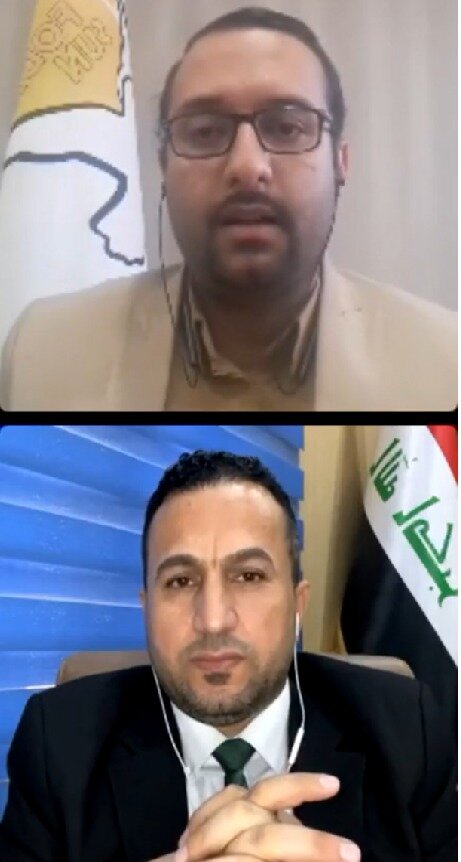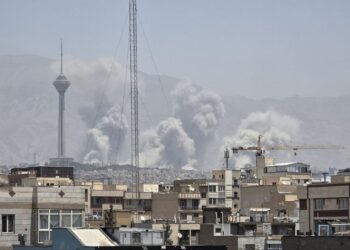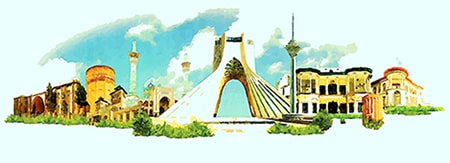به گزارش روابط عمومی بنیاد گفتگو و دوستی ملل، یک گفتگوی زنده در مورد “نقش رسانهها در برقراری صلح” در روز دوشنبه، 28 تیر 1400 برگزار شد.
به همت بنیاد گفتگو و دوستی ملل، یک گفتگوی زنده درباره “نقش رسانهها در برقراری صلح” با حضور دکتر محمد سلام القیسی، نایب رئیس هیئت امنای شبکه رسانههای عراقی برگزار شد. این گفتگو در روز چهارشنبه، 28 تیر 1400 انجام شد و به صورت زنده از طریق صفحۀ اینستاگرام بنیاد گفتگو و دوستی ملل ((@FODASUN پخش شد.
مجری برنامه ابتدا سؤالی به صورت کلی از نقش رسانهها در برقراری صلح در کشورهای جنگزده یا بحرانزده پرسید. دکتر القیسی در پاسخ به این پرسش بیان کرد که رسانهها باید در جدول پخش خود، برنامههای گوناگونی دربارۀ مفهوم صلح، نحوه اجرای صلح و پیامدهای صلح را بگنجانند. وی با اشاره به جنگهای فعلی در غرب آسیا گفت: “رسانهها باید صلح را در قلب طرفهای این جنگها بکارند.”
نایب رئیس هیئت امنای شبکه رسانههای عراقی در مورد واکنش رسانهها به سخنان نفرتانگیز و تبعیضآمیز گفت: “رسانهها باید با ایدههایی که افراطگرایی را در جوامع ایجاد میکنند و باعث جنگ بین کشورها یا بین اعضای یک کشور می شوند، مقابله کنند.” وی در زمینۀ هویتهای مشترکی که رسانهها می توانند برای برقراری صلح از آن کمک بگیرند، خاطر نشان کرد که کار حرفهای و معتبر توسط رسانهها و برگزاری برنامههای گفتگومحور در همه زمینهها و با مهمانان منطقی و معتقد به گفتمان ملی، منجر به صلح داخلی می شود و تمرکز بر سنتهای مشترک منطقهای، به کشورهای منطقه کمک می کند تا صلح منطقهای ایجاد کنند.
دکتر قیسی با ذکر قانون شماره 23 را که در سال 2015 در پارلمان عراق دربارۀ شبکه رسانههای عراقی به رای گذاشته شد، تأکید کرد که طبق این قانون، شبکه رسانههای عراقی متعلق به همه عراقیها است و افزود: “هیئت امنای این شبکه همیشه در سیاستهای خود تأکید میکنند که برنامههای شبکه باید شامل بسیاری از برنامههای گفتگومحور باشد که با جنگ در منطقه مقابله کنند.” وی همچنین به دفاتر شبکه رسانههای عراقی در کشورهای عربی و منطقه و نقش آنها در پوشش حوادث این کشورها اشاره کرد.







